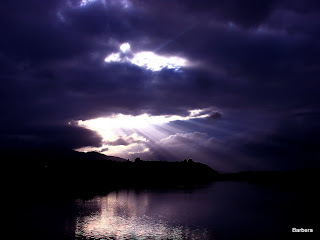




Chile has a long history of wine making, going back to the conquistadores who brought grape vines with them in the mid 16th Century and planted vineyards. In the mid 18th century, French varietals such as Cabernet Sauvignon and Merlot were introduced. However, government decrees prohibited the planting of new vineyards between 1938 and 1974.
Much low quality wine has historically been produced (often from table grapes such as sultanas) and producers have traditionally been more interested in quantity than quality. However, in the early 1980s a renaissance began with the introduction of stainless steel fermenters and the use of oak barrels for ageing. Subsequently, the export business grew very quickly and large amounts of quality wines were produced. The number of wineries has grown from 12 in 1995 to over 70 in 2005. Chile is now the fourth largest exporter of wines to the United States.
The climate has been described as midway between that of California and France. The most common grapes are Cabernet Sauvignon, Merlot and Carmenere, which is often regarded as perhaps the most suitable grape for the Chilean climate
 Chile is a country that is 24 times longer than it is wide (more precisely, 4270 kilometers long and 177 kilometers across on the average), with the Pacific Ocean running down the western side. Due to the cold Humboldt Current that runs from the Antarctic Ocean up along the Chilean coastline northwards, there is an abundant fishstock, making the fishmeal industry one of Chile's largest export earners. This is also means that seafood is a popular staple in the meals of Chileans.
Chile is a country that is 24 times longer than it is wide (more precisely, 4270 kilometers long and 177 kilometers across on the average), with the Pacific Ocean running down the western side. Due to the cold Humboldt Current that runs from the Antarctic Ocean up along the Chilean coastline northwards, there is an abundant fishstock, making the fishmeal industry one of Chile's largest export earners. This is also means that seafood is a popular staple in the meals of Chileans.





























